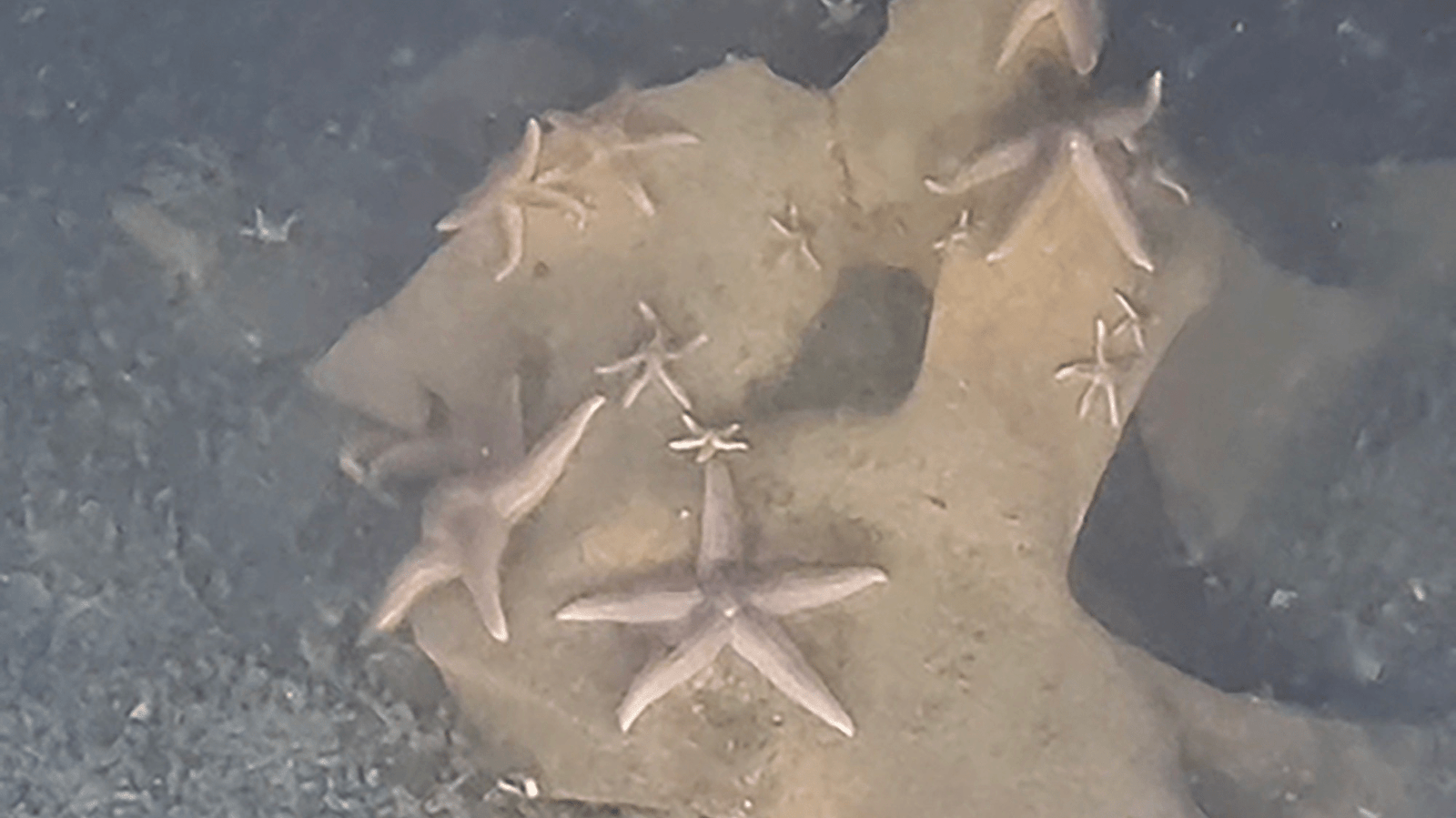As the ink dried on Germany’s unconditional surrender on May 8, 1945, celebrations erupted across the world. People cheered, wept, and kissed in the streets as World War II finally came to an end in Europe. A few months later at the Potsdam Conference, Germany agreed to demilitarize and dismantle its once formidable army, leaving the nation with lots and lots of leftover munitions. So what did they do with all those bombs and equipment? Well, many were dumped into the Baltic Sea.
Today, those warheads still sit on the seafloor, slowly decaying, releasing toxins, and making a surprisingly popular home for sea life. In fact, more marine organisms choose to live on World War I and II debris than on the surrounding sediment, a new study published in Communications Earth & Environment finds.
Lots of bombs have ended up in the sea
For centuries, nations and companies could dump practically anything they wanted into the oceans with few repercussions. That is, until the 1972 London Convention on the Prevention of Marine Pollution was signed. Facilitated by the United Nations, the agreement worked to halt the dumping of dangerous explosives in the sea.
But no such regulations were in place after World War I and II, which means the Baltic Sea is chock full of warheads. Experts estimate that there’s some 1.6 million tons of munitions abandoned in German waters. That’s about the size of four full-sized Empire State Buildings scattered across the seafloor.
Deploying a remote-controlled submersible to the bottom of Lübeck Bay
Given the staggering amounts of explosives at the bottom of the Baltic Sea, the team behind the new study could only analyze a small portion of the seabed. Ultimately, they chose to survey Lübeck Bay off of the northern German coast, where a World War I and II dumpsite had recently been located.
The team, helmed by lead study author Andrey Vedenin of the Senckenberg Research Institute in Germany, used a remote-controlled submersible equipped with two cameras to travel to the bottom of the seabed. The “video data allowed us to visually identify and count epifauna species, inhabiting both the munition objects and the surrounding sediment,” Vedenin wrote in the paper.
Bomb life is a better life, maybe
When the results were tallied, Vedenin was stunned. “We were prepared to see significantly lower numbers of all kinds of animals” on the discarded munitions, he said. “But it turned out [to be] the opposite.”
The team found “dense populations” of algae, mussels, starfish, anemones, and other epifauna, all happily hanging out on mines, torpedo heads, bombs, and wooden crates. One of the most popular homes for sea life? V-1 flying bombs, a type of early cruise missile used by Nazi Germany in late World War II.

What’s more, organisms seemed to prefer life on bombs more than life on the plain old sediment. The team counted, on average, 43,000 organisms per square meter living on munitions compared to only 8,200 organisms per square meter living on the sediment.
Why sea life loves living on bombs
Despite the potential negative effects of living on forgotten munitions, many epifauna find life on hard surfaces just easier. Enough so that they’re willing to put up with the fact that those hard surfaces store TNT.
However, starfish know what they’re doing. The team noted that most of the epifauna chose to live on hard metal casings rather than actual explosives, likely helping to reduce their exposure to harmful chemicals and toxins.
Vedenin does note that replacing the World War I and II debris with other hard, non-toxic surfaces would be more beneficial to wildlife. If given the choice, algae would probably choose a rock over a bomb for their home.
The post Sunken WWII bombs make a surprising home for sea life appeared first on Popular Science.
